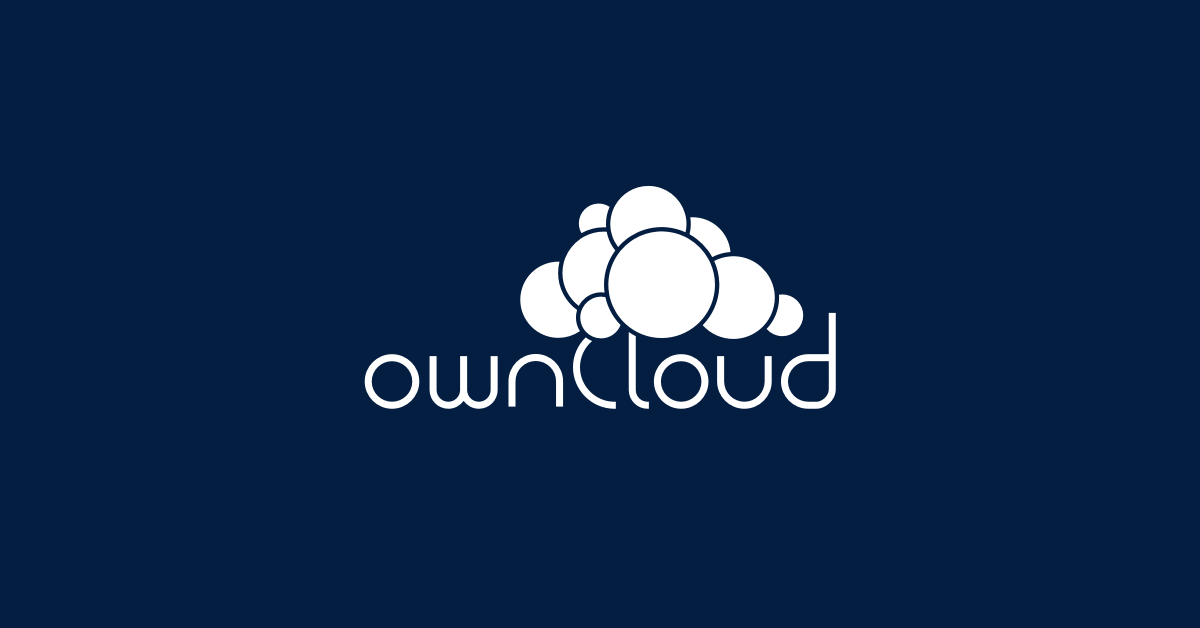If I understand it correctly, layering an application is no more dangerous than a regular install on a non atomic os. In other words, every piece of software you have installed on normal fedora desktop is not containerized, if it’s software you were going to install anyways, layering it is the same as before (albeit significantly slower than install and update).
But that means that you get great benefits because 99% of your software packages are properly containerized





I don’t remember all the details. They never went closed source, there was a difference in opinion between primary devs on the direction the project should take.
Its possible that was related to corporate funding but I don’t know that.
Regardless it was a fork where some devs stayed with owncloud and most went with NextCloud. I moved to NextCloud at this time as well.
OwnCloud now seems to have the resources to completely rewrite it from the ground up which seems like a great thing.
If the devs have a disagreement again then the code can just be forked again AFAIK just like any other open source project.